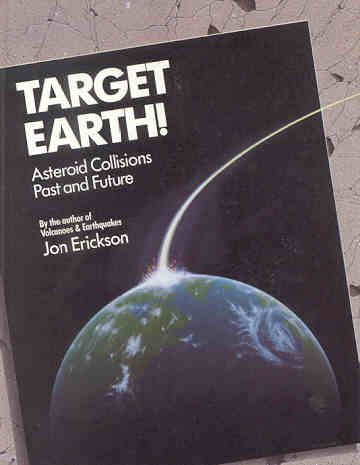The asteroid was initially rated 2 on the Torino Scale, the highest rating for an Earth-threatening object since these ratings were introduced. A probability of 1:300 that an asteroid could hit the Earth in 2029. After that, the rating increased until an earlier photograph of the asteroid made it possible to refine the calculations and eliminate the threat.

Additional observations that were conducted managed to rule out the danger that a recently discovered asteroid, which is over 400 meters long, could hit the Earth in 2029.
Last week, asteroid 2004 MN4 was given a 1 in 60 chance of hitting Earth, based on observations in June and again this month. Astronomers have begun independent efforts to find earlier images of this asteroid and thus improve the calculations.
At the Space Guard Observatory near Tucson, Arizona, a pale image of the asteroid was found in archival photos taken on March 15 of this year. The Near Earth Object Program Office at NASA's Jet Propulsion Laboratory in California announced this in a statement on its website.
The image from March allowed scientists to refine the calculations about the direction and speed of the asteroid and now it is possible to rule out the danger of an impact on April 13, 2029," the program center said in a statement. The scientists also ruled out the possibility of this asteroid crashing into the Moon which would at the same time be on the opposite side of the Earth from the asteroid.
The Space Watch works in collaboration with the University of Arizona's Lunar and Planetary Observatory.
The danger of an asteroid impact in 2029 has increased to 1:60 level 4 on the Torino scale
26/12/04
Update: NASA has updated that the risk from the asteroid has increased to 1:60 and is rated 4 on the Torino scale. However, the agency hopes that the thousands of observations will lead in the coming days, months and weeks to calculations that may be more accurate and yet 98 percent will rule out the danger.
So far, for previous asteroids, follow-up observations have ruled out the possible impact, and for now at least for this asteroid, the opposite is true.
And thanks to the anonymous surfer who responded to the YNET version of this news and drew our attention to NASA's update.
1:300 chance of an asteroid impact in 2029
24/12/04
There is a one in 300 chance that a recently discovered asteroid, which is about 460 meters long, could hit Earth in 2029. That's what a NASA scientist said Thursday, but he added that this prediction could change after astronomers get better data on the asteroid's orbit.
"We currently have to make do with too few observations of the asteroid Asteroid 2004 MN4, which received 2 points from the ten-point Torino scale symbolizing the level of risk, according to which astronomers rate the threat of a certain asteroid or comet collision, says Donald Yeomans, director Near Earth Object Program at NASA's Jet Propulsion Laboratory in Pasadena, California. It may seem a little, but to date no bone has received a score greater than 1.
Ironically, the impact is expected on Friday, April 13, 2029. "We still cannot rule out an impact on the Earth," Yeomans said. "But the odds of being hit are 300 to 1 against being hit.
The asteroid in question was discovered in June and rediscovered this month. The probability is low, but in the event that the asteroid does hit the Earth, it would be quite a serious hit - it could cause a tsunami that would wash away many coastal cities if it hit the sea or serious ground damage if it hit land." Yeomans said.
The estimated size of the asteroid is derived from its brightness, and from the estimate that its ability to reflect light is similar to that of other observed asteroids. At this length, of about 460 meters, the asteroid has 1,600 megatons of energy. Yeomans said.
Asteroid 2004 MN4 orbits the Sun in less than a year and in each lap it crosses Earth's orbit twice, Yeomans says. The plane of its orbit is very close to that of the Earth.
The asteroid will be viewable in the coming months and the NEO project has already built a network of telescopes that will add observation of the new object to their research list. According to Yeomans, the project has 40 observatories available, starting from the Kit Peak observatory near Tucson, Arizona, and observatories from Australia and New Zealand have also joined this month.
For the news, Bard Nova
